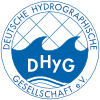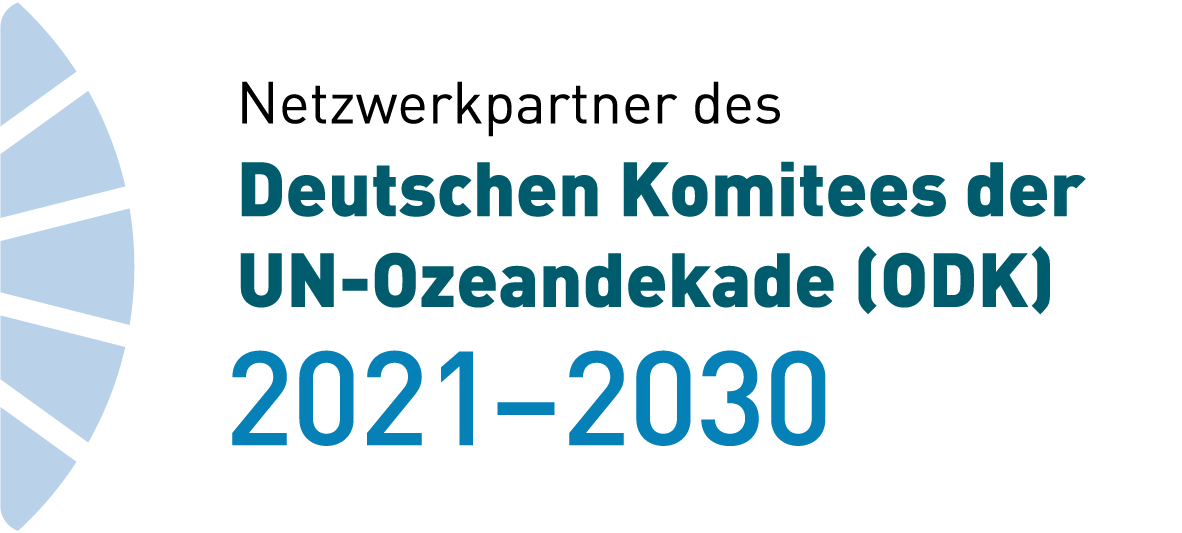New techniques in capturing and modelling of morphological data
Since 2014 the techniques of LiDAR bathymetry have been used for capturing morphological data in Schleswig-Holstein. Round 2000 km. have already been surveyed with these techniques. Data gaps only occur locally in tide ways or low-lying areas, which are needed to be filled by hydrographic surveys. But compared with the bathymetric LiDAR, these surveys have a substantially lower density of points. Hence, it is difficult to merge these data to a morphological model. As a consequence it is necessary to densify the hydrographic data to create a homogeneous model. The mathematical method of Coons patches is suitable for this purpose. The gaps inside the area of hydrographic survey are filled with data points in desired density. The bathymetric information is then calculated using bilinear interpolation. As a result a data set which has a similar point density as the bathymetric LiDAR is created. After the preparation a homogeneous morphological model can be generated by triangulation, based on bathymetric LiDAR on the one hand and hydrographic surveys on the other hand.
coastal protection | LIDAR bathymetry | morphological data model | Coons patches


